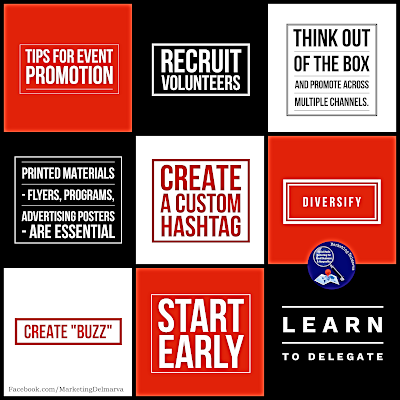
Despite the vast array of options available online, do not fall into the trap of believing that listing your event ONLY on Facebook or via a few flyers is enough. There are a vital number of steps which are needed to establish your event along with "selling it" to the people you wish to attract - and that's not even the behind-the-scenes activities and tasks. Here in this blog post are some of the most essential reminders and key points that I have found to be relevant over and over again during the development and growth of a successful event marketing campaign.
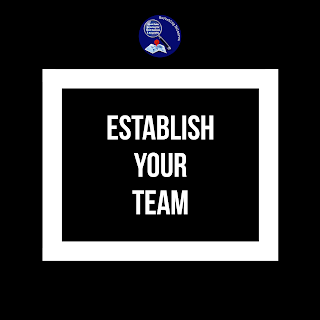
#1: PLANNING. In your initial meetings list all the details and tasks needed. Make an organizational chart and assign specific tasks to different people. Don't put too much on any one individual. Things happen and should that person fall ill or be unable to attend you don't want to leave a gaping hole in your "needs" list. Review every detail such as who in in charge of advertising, radio or community interactions, requesting donations, ticket sales, physically manning your location during the event, refreshments, security, parking and follow-up.
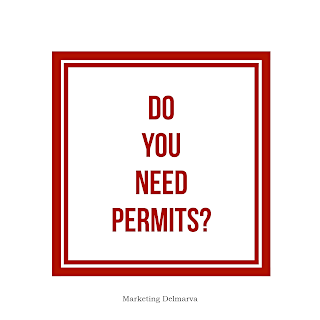
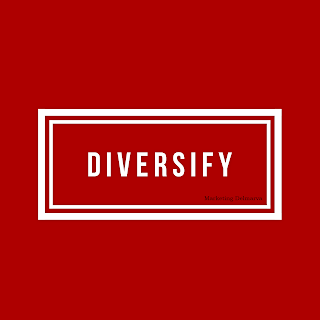
#3: DIVERSIFY. Use a number of forms of communication such as social media, print, advertising and visuals to inform the public. Community calendars, often offered through newspapers or TV stations on their websites, are a good place to start. Eventful and EventBrite are networks where you can create your event and connect with others in the area. Ask local radio shows which talk show hosts may be willing to have you on there to promote your cause.

#4: PROMOTION. Follow up on the initial posting of the event and encourage interaction and involvement. This means don't just create the activity and then forget about it. Think of it as a process.
• Refresh and update your listings.
• See if additional flyers are needed in each location.
• Offer updates on featured performers.
• Give tips that attendees may need to know such as to bring a chair, a reminder about sunscreen if it's an outdoor activity, etc.
• Let the public know what food and beverages will be available.
• State your policy regarding inclement weather.
• Ask questions to engage people: Have they been to your facility before? What was their favorite part of the evening? Do they have a memory to share?
• Hold a contest and do some giveaways to build excitement.

#5: MARKETING MATERIALS. Be prepared to represent your organization during the event with handouts such as business cards with your social network information, an "upcoming attractions" listing, sign-up sheet for email addresses, and a flier or brochure about your nonprofit. Think ahead: a neighborhood bake sale is a great place to hand out tickets for next week's talent show; the local Saturday night car cruise-in would be a good chance to give out fliers for a car show you will be holding the following month.
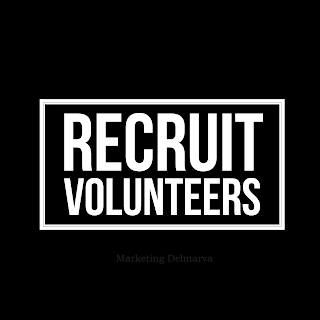
#6: ASK FOR PARTICIPATION. Have a list of the various slots you will need volunteers for, ask who can donate items or help with set-up and take-down. Explain in detail what's needed. Examples: posting a request for volunteers to carry items to buyers cars at an annual flea market, or a sign-up sheet for people who would like to bring baked goods. Planning these small details offers people a chance to get involved and participate, but it also might keep you from winding up with 50 dozen chocolate chip cookies and nothing else.

• Do a few dry runs before the big day.
• Review your team captains and coordinators.
• Consider how people will be entering, where volunteers and stations need to be set up and who is in charge of each specific area.
• Don't forget to factor in breaks and lunches.
• Double check your volunteer list/confirm everyone.
• Designate/review the sign-in areas, where to park, what to wear, etc.
• If this is a performance make sure you are aware of the length of time for each act, the space needed to transition from one segment to another, props and people power to make changes.
• If you are holding a large show or outdoor event make sure traffic considerations are addressed and that safety comes first such as with signage, reflective vests, orange cones, etc.
• Don't forget to check in with your local police department or town hall to make sure all details are covered and that everyone is on the same page.
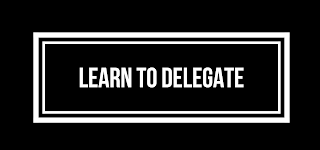
#8: IT'S SHOWTIME. If your planning committee meetings set up an organization chart from the beginning, everything should have a team captain or person in charge. Doing all that work in advance pays off handsomely on the day of your event when everyone knows what they are responsible for. If you are the head person in charge, your role should be to oversee all of the details, rather than struggling to wear seven different hats by juggling too many things. Don't schedule yourself as a ticket-taker or food vendor because you need to be watching "the whole show" and handling any emergencies which may come up.
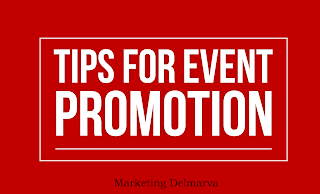
#9: ONE OF THE MOST IMPORTANT RULES OF PLANNING is to not just focus on one platform. Plan to reach as many people as possible, across all different sites and types of publications. This is easily overlooked by many organizers. From the beginning, think like an octopus and plan to have a multi-layered approach to your marketing.

Note about Facebook events: I polled my friends on this in a discussion. We've all seen it, a community activity showing 400 people "Going" with hundreds more "Interested".....and yet, that's not what shows up. Sometimes your attendance is only a tiny fraction of those numbers! I believe that far too many people click "Going" and are never really planing on it at all, but more using it as a "place holder" to get reminders and see it on their calendar feed. But that doesn't mean they are all interested; comments on my discussion resulted in multiple opinions that only 33% to 50% of the number of attendees you see "Going" actually show up. So don't put too much stock in any single form of promotion, again, diversifying your approach is the wisest strategy.

#10: FOLLOW UP IS SO IMPORTANT! This is your chance to connect with those who attended and let them know how much you appreciate their participation. This is a great chance to ask for feedback on what was best about the event or what they might suggest for next time. Acknowledge your donors and local businesses which helped out by sending thank you cards. Hand-written ones are a wonderful idea if you can manage it and help establish connections for the future. Again, this underscores the important of - during your planning meetings - establishing individuals to handle each aspect such as two people on the thank-you committee. Remember: failing to communicate with participants after the event is like letting them slide right through your hands. Work to build connections for the future.
Links and Articles:
How to Promote Your Event through Social Media?
Promoting an Event With 50 Marketing Tips
How to Create an Event Plan
Proven Tips That Will Sell out Your Family Event
How to Promote Your Event on Instagram
Event promotion is one of the excellent benefits offered by social networks. Not only can you invite and share across multiple platforms, there are now many sites where you can post activities, sell tickets, offer workshops and invite followers to fundraisers. This multitude of platforms provides you the opportunities to connect with new audiences for your event, along with growing your social footprint and becoming known more widely.







